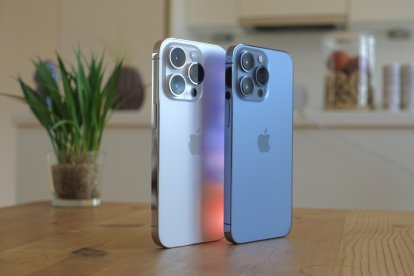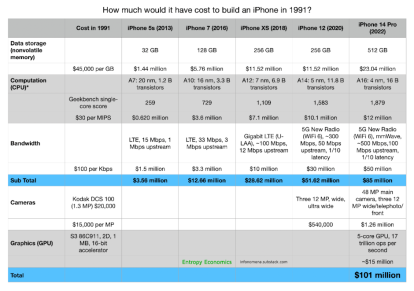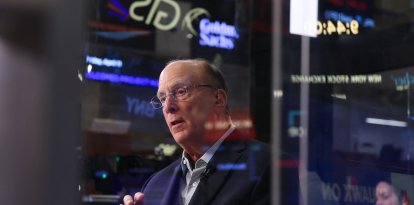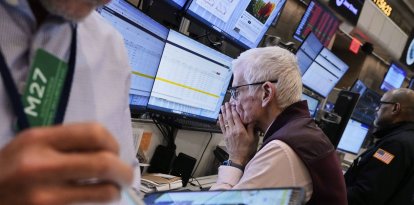Achievements of capitalism: iPhone 14 would have cost $101 million in 1991
Free markets make it possible to improve products and dramatically reduce costs.

iPhone 14 / LukasGehrer (Pixabay).
The most recent iPhone model features all the latest advances Apple can offer, but it doesn't come cheap. According to Apple's website, the Pro version costs $999, and Pro Max $1,099. However, comparing the price with what it would have cost to manufacture a phone with the same features in 1991, a thousand dollars may seem like a bargain.
American Enterprise Institute (AEI) has been asking that question since 2014: how much would it cost in 1991 to manufacture an iPhone? A 2013 iPhone 5s would have cost $3.56 million to manufacture in 1991. Advancements in the following models would have made them increasingly more expensive to produce in 1991: $12.66 million for the iPhone 7, $28.61 million for the XS model, and $51.62 million for the iPhone 12.
$101 million
It's Apple's latest model that takes the cake. In 1991, iPhone 14 would have cost $101 million to manufacture. The author of the study is Bret Swanson, AEI seniow fellow. He explains it as follows:

American Enterprise Institute chart
This evolution shows the power of the free market to improve the quality of life at an ever decreasing cost. These improvements are not captured by price indices, because the same statistical categories (televisions, cell phones) include products that vastly improved from those of even five or ten years ago.
RECOMMENDATION





















